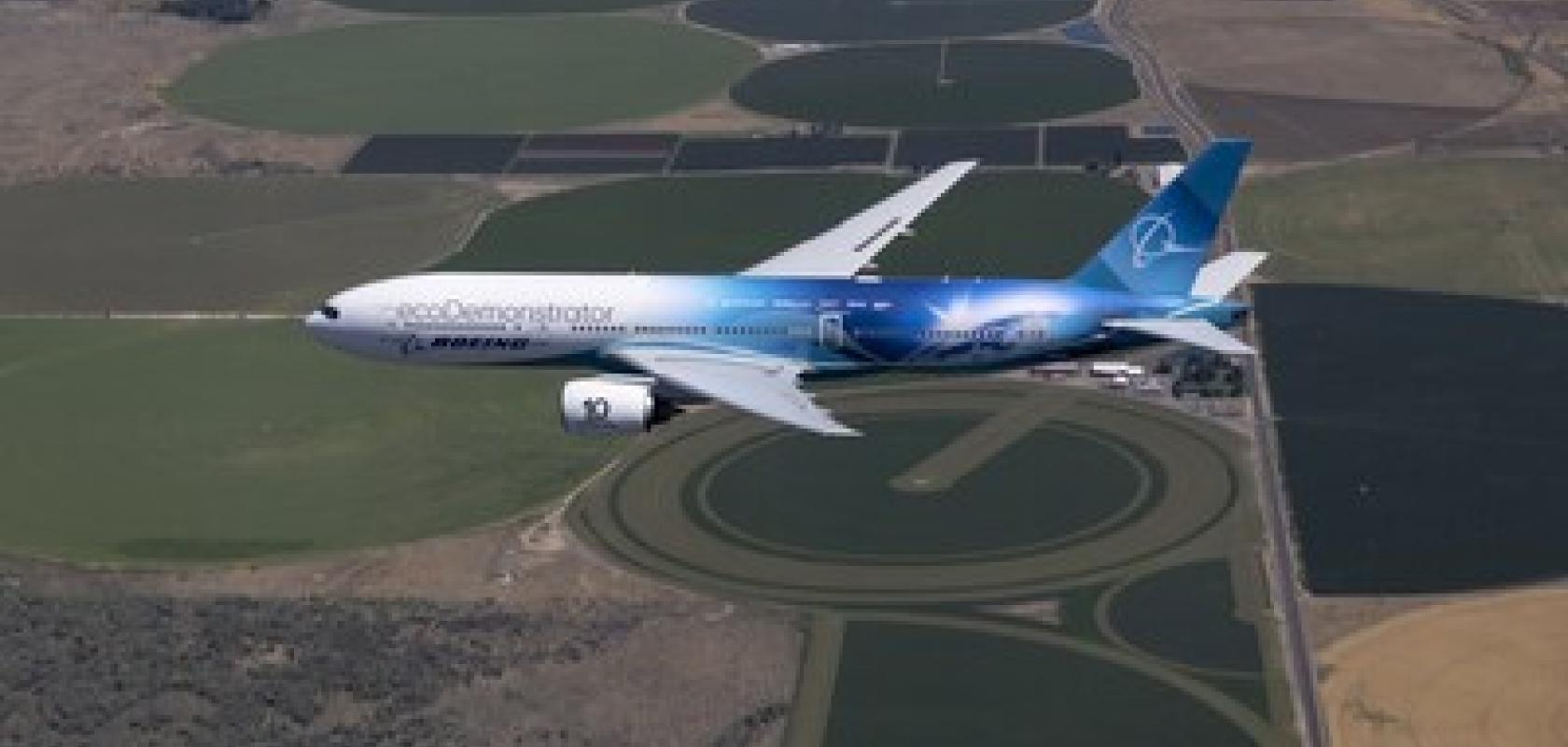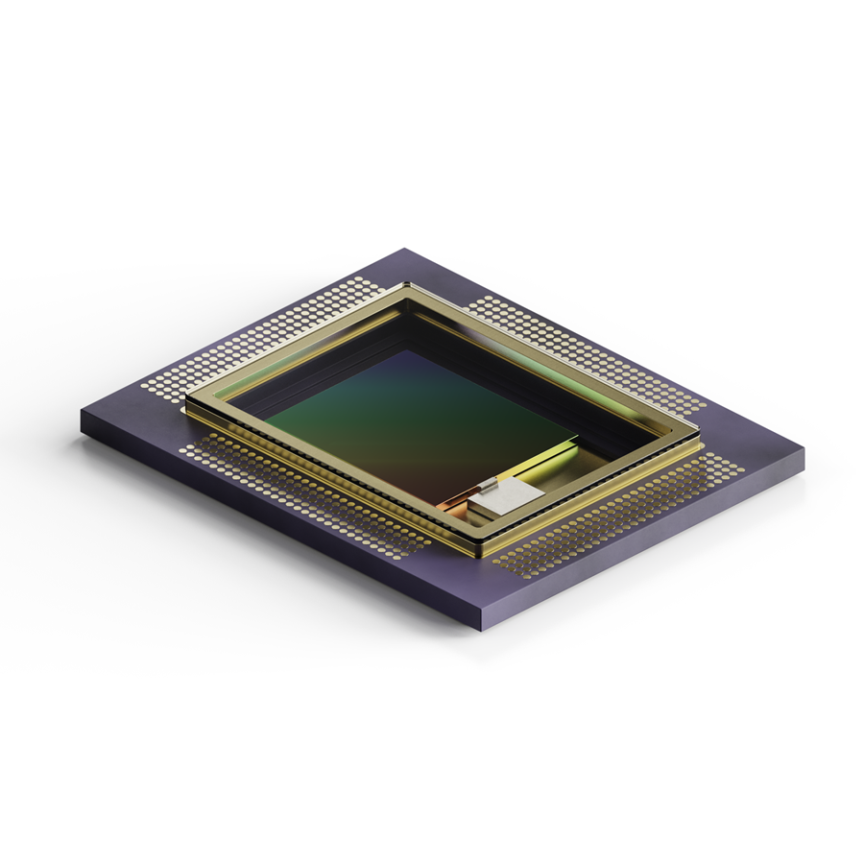Long-range lidar technology developed by Boeing in partnership with the Japan Aerospace Exploration Agency (JAXA) could significantly reduce fatal turbulence-affected flights, like the Singapore Airlines flight SQ321.
With research suggesting that climate change is making airplane turbulence worse and more frequent, and resulting in dramatic injury incidents such as that which affected Singapore Airlines flight SQ321, Boeing’s ecoDemonstrator programme, which tests a range of innovative safety and sustainability technologies including lidar-based turbulence detection, could be more urgent than ever.
Fatal turbulence on Singapore Airlines flight
According to the Singaporean Ministry of Transport (MOT) the severe turbulence incident that affected the Singapore Airlines’ Boeing 777-300ER aircraft, occurred when the aircraft moved through an “area of developing connective activity,” recorded a preliminary report into the incident by the Ministry’s Transport Safety Investigation Bureau of Singapore (TSIB).
Affected by an unexpected updraft, the aircraft rose suddenly by over 100m, causing its passengers to experience a rapid change in G-force from +ve 1.35G to -ve1.5G in 0.6 seconds. As the vertical acceleration changed again, the aircraft dropped more than 1,800m, launching people and objects towards the cabin roof.
“Severe turbulence is the one that turns you into a projectile,” said Paul Williams, an atmospheric researcher at Reading University. “For anyone not wearing a seatbelt it would have been a bit like being on a rollercoaster without any restraint in place – it would have been terrifying.” Suggesting it could take weeks to establish what kind of turbulence caused the Singapore Airlines incident, Williams said: “Provisionally, there was a storm nearby, but the conditions were right for clear-air turbulence,”
‘Climate change is making turbulence more frequent and severe’
Over the North Atlantic, severe clear-air turbulence – which is stronger than Earth’s gravity – became 55% more frequent between 1979 and 2020, suggests research published in 2023 by Jung-Hoon Kim at Seoul National University, who summarised that climate change is strengthening the jet streams that cause the turbulence.
Current turbulence detection relies on data collected from ground-based sensors and satellites, which then communicate predictions to pilots, while on the plane, pilots themselves use radar to identify storm clouds to avoid. But radar alone cannot detect clear-air turbulence, but lidar could. “Lidar is similar to radar but uses a different wavelength of light,” says Williams, who suggests lidar-based systems could see clear-air turbulence up to 20 miles ahead of the aircraft.
Lidar-based turbulence detection research
Reported on in Electro Optics last year, Boeing and the Japan Aerospace Exploration Agency (JAXA) have been experimenting with the integration of lidar technology in commercial airplanes since 2010. By analysing light wavelength variation caused by the Doppler effect in the scattered light received back from small dust and other particulates suspended in the air, lidar technology makes it possible to detect clear-air turbulence that most radar systems miss.
One of 30 technologies tested as part of Boeing’s ecoDemonstrator flight-test research programme, JAXA’s lidar system has been tested on Boeing aircraft including 777-200ER and, most recently the 787-10 and 737-10 (Explorer) planes, but not the 777-300ER.


